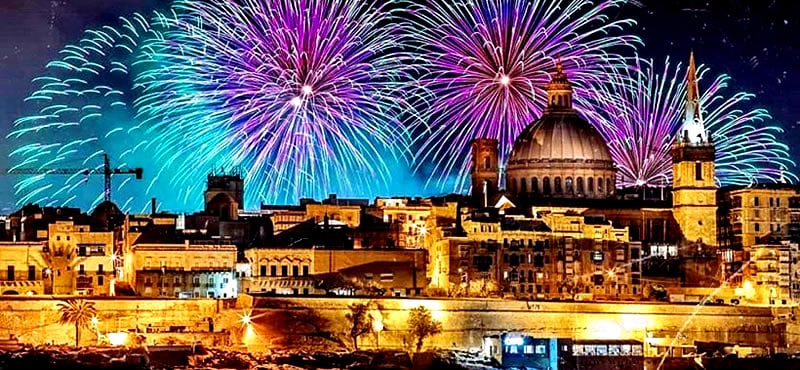A short history of museums

Have you ever wondered where the idea of the first museum originated and when the first museums opened their gates? Here is a short history of museums to answer your questions.
Everybody knows that a museum is a house of culture that displays for the public exhibitions featuring artifacts of historical, cultural, artistic and even scientific interest. The earliest mention of a museum dates back to around 530 BC, during the reign of the Mesopotamian Princess Ennigaldi-Nanna. She was the daughter of the last king of the Empire of Neo-Babylonia. The two appreciated ancient history and displayed their personal collection, with labelled statues and the works.
To trace back the next-oldest museum, we need to take a leap through time and alight in Renaissance Rome. The Musei Capitolini represents the oldest art collection in (pre) modern history opened to the public in 1471, when the famous and wealthy Pope Sixtus IV donated some sculptures to the people of Rome. The museums can still be visited today in the Piazza del Campidoglio on the Capitoline Hill.
Another pope, Julius II, set the foundations for the famous Vatican Museums with a collection of sculptures gathered from 1506 on. Today, the legacy of Vatican is immense. Some of the most important classical and Renaissance pieces of art can be visited there. Founded in the 1750s, the British Museum in London is one of the oldest and most emblematic museums in the world (not to mention entry is free), but it is not the first museum to have been opened in England. The Royal Armouries in the Tower of London precedes it by a century. It opened its gates to the public in 1660 (1592 for elite visitors). Today, the Royal Armouries can be found in three sites: The Tower of London, in Leeds and at Fort Nelson in Hampshire.
The museums in England can all be visited in an extended tour. You might need to rent a car in London to reach all the places!





